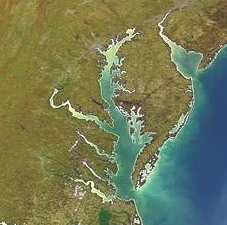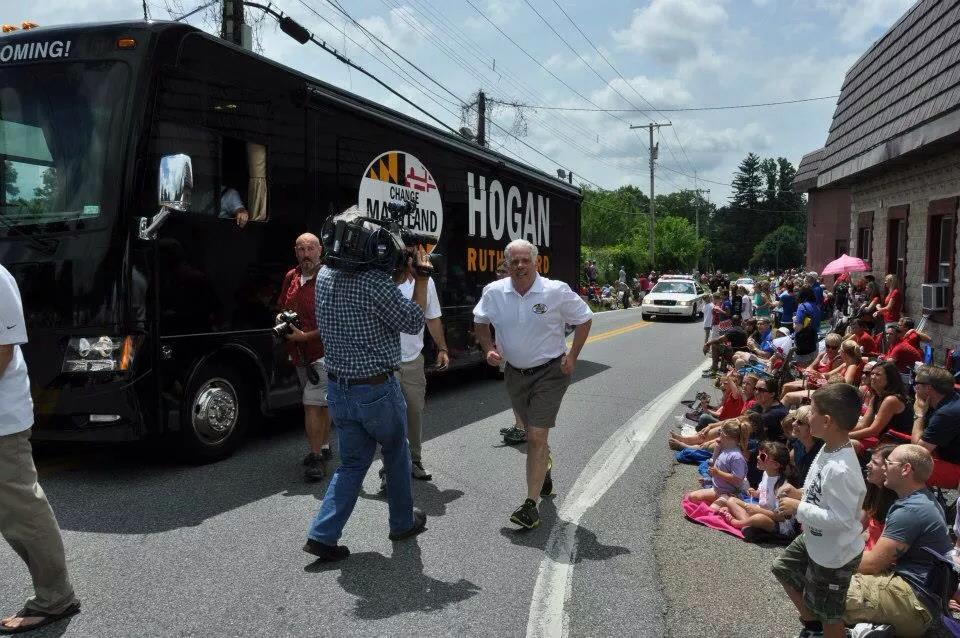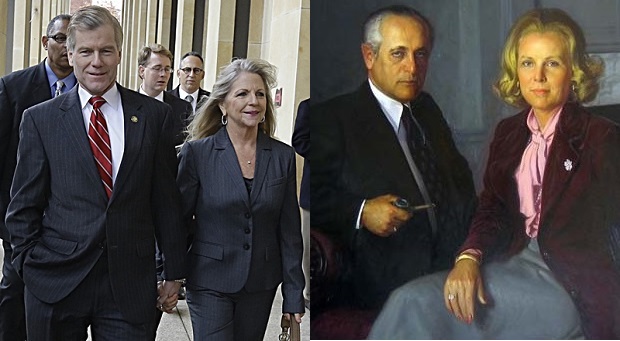By Alix Murdoch
Bay Journal News Service
Ever since Congress established the Chesapeake Bay Program in 1983, watershed states have worked in collaboration with federal partners to restore this national treasure, including its rivers and streams.
Although their efforts have progressed in fits and starts, the Chesapeake Clean Water Blueprint, which includes both pollution-reduction commitments from states and critical federal oversight, rightly gives us confidence that the region will accelerate pollution reduction and significantly improve water quality in local rivers and streams and the Bay by 2025.
Already, the implementation of the Blueprint has reduced pollution and improved the Bay’s health. Report card after report card confirms this. And evidence in the water is compelling: Over time, dead zones have been shrinking, oysters are making a comeback and the Bay’s underwater grasses are covering more acres than they have in 35 years.
Time to increase efforts, not relax
With so much progress and so much hope, now is the time to build on our success–to increase our efforts, not relax them. That’s why it was so discouraging this summer to see the House of Representatives add to its Interior appropriations bill (H.R. 5538) a provision to bar funding for EPA “backstops,” a unique element of the Blueprint that gives each state certainty that the others will fulfill their commitments.
The provision, introduced on the House floor by Rep. Bob Goodlatte, R-Va., would undermine the Chesapeake Clean Water Blueprint. It would also undermine the 2014 Chesapeake Bay Watershed Agreement and the will of the Bay states, all of which unanimously and voluntarily signed the 2014 agreement understanding that it includes these backstops.
There’s no denying that progress under the Blueprint requires slow, hard work. But with the Bay states on board and the federal agencies committed to seeing the Blueprint through, the Goodlatte amendment simply makes no sense.
States cooperating key
Increasingly, members of Congress agree. In his statement to House colleagues urging them to reject the Goodlatte amendment, Rep. Chris Van Hollen, D-MD, summed up the risks associated with a weakened Blueprint: “If Pennsylvania doesn’t meet its responsibilities, Maryland sees the consequences at the Conowingo Dam. If Maryland doesn’t do its job, it jeopardizes Virginia’s oyster population. We have a collaborative process in place, and our states have made significant investments and important progress.”
Although the Goodlatte provision to bar backstop funding was approved by the House, it was not supported by a straight party line vote. In an extremely noteworthy show of unity, a bipartisan group of 20 members from the Bay Watershed voted against it, including the entire Maryland delegation. Several Republicans from outside our watershed also voted against the provision. Many of these representatives were from states that are also dealing with difficult water quality issues, including Ohio and Florida.
Congress can still choose to exclude this harmful provision and fully fund the Blueprint in the final appropriations bill. But they need to know that the Blueprint is important to their constituents.
As the Senate negotiates the appropriations bills of fiscal 2017, it will be incumbent upon all of us to urge our elected officials to maintain the region’s long-standing commitment to the extraordinary federal-state collaboration that sustains the Chesapeake Clean Water Blueprint. We must encourage them to ensure full federal funding for this historic effort, with no limitations on the EPA’s use of funds in the Bay region.
Alix Murdoch is federal policy director for the Chesapeake Bay Foundation, based in Washington.
Distributed by the Bay Journal News Service







Recent Comments